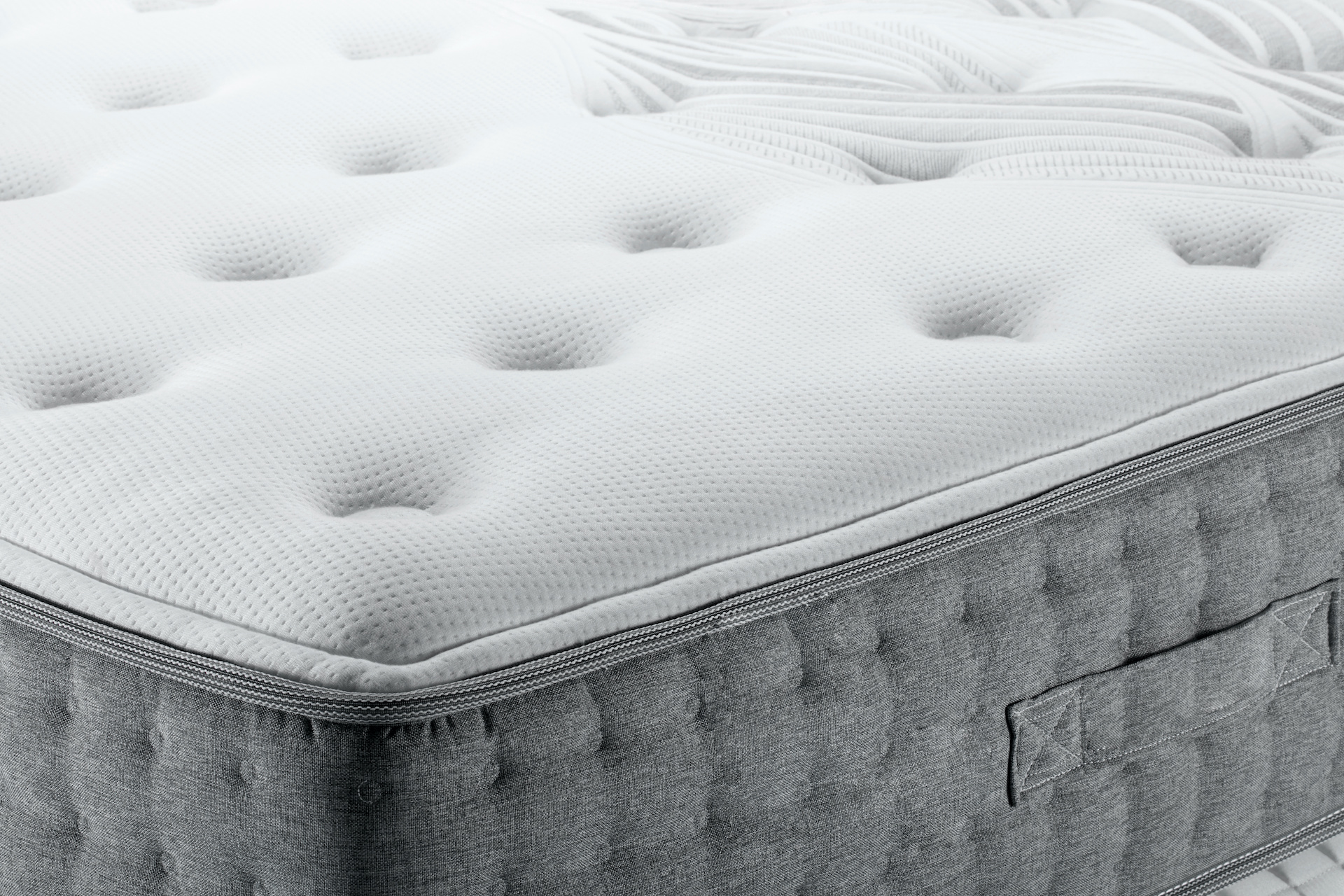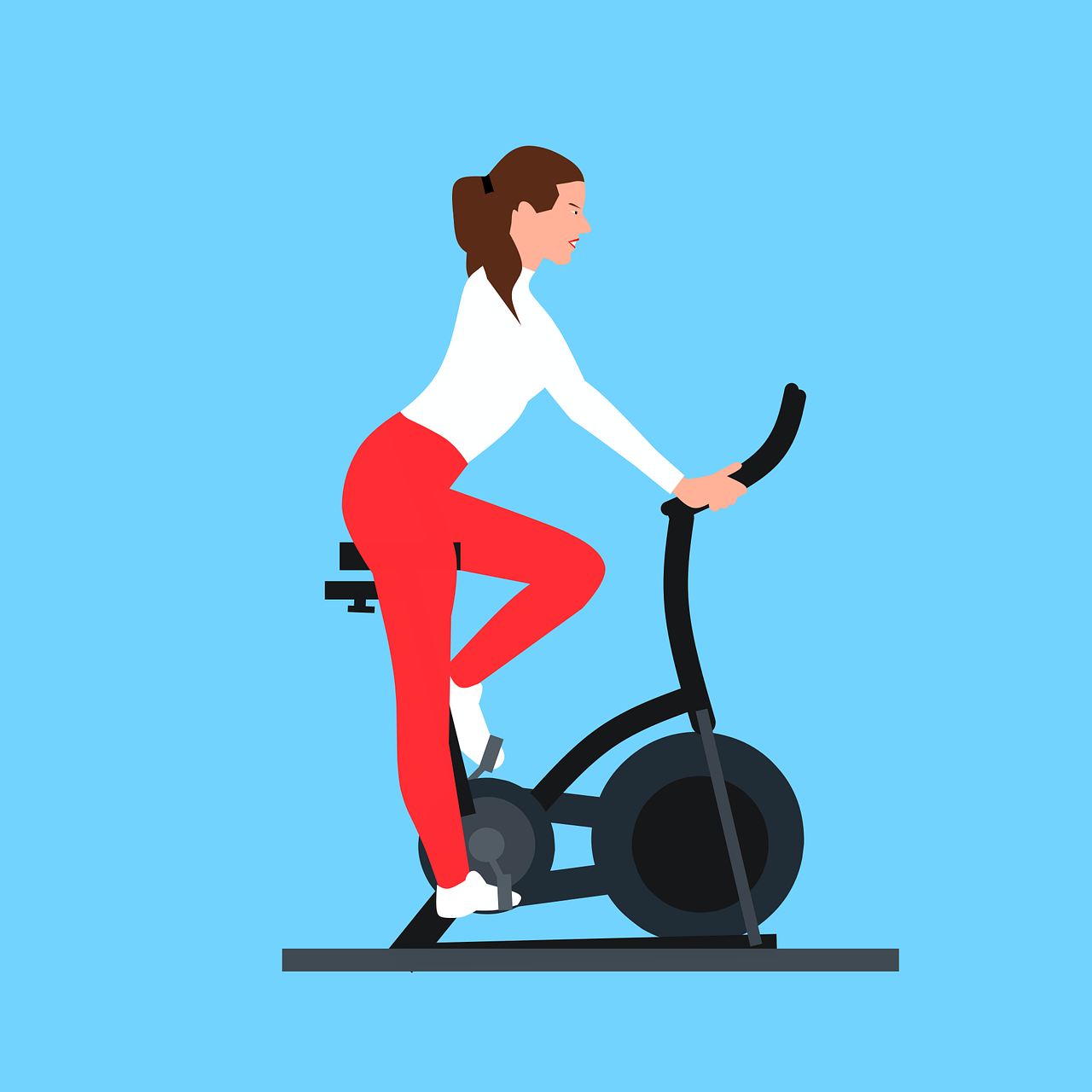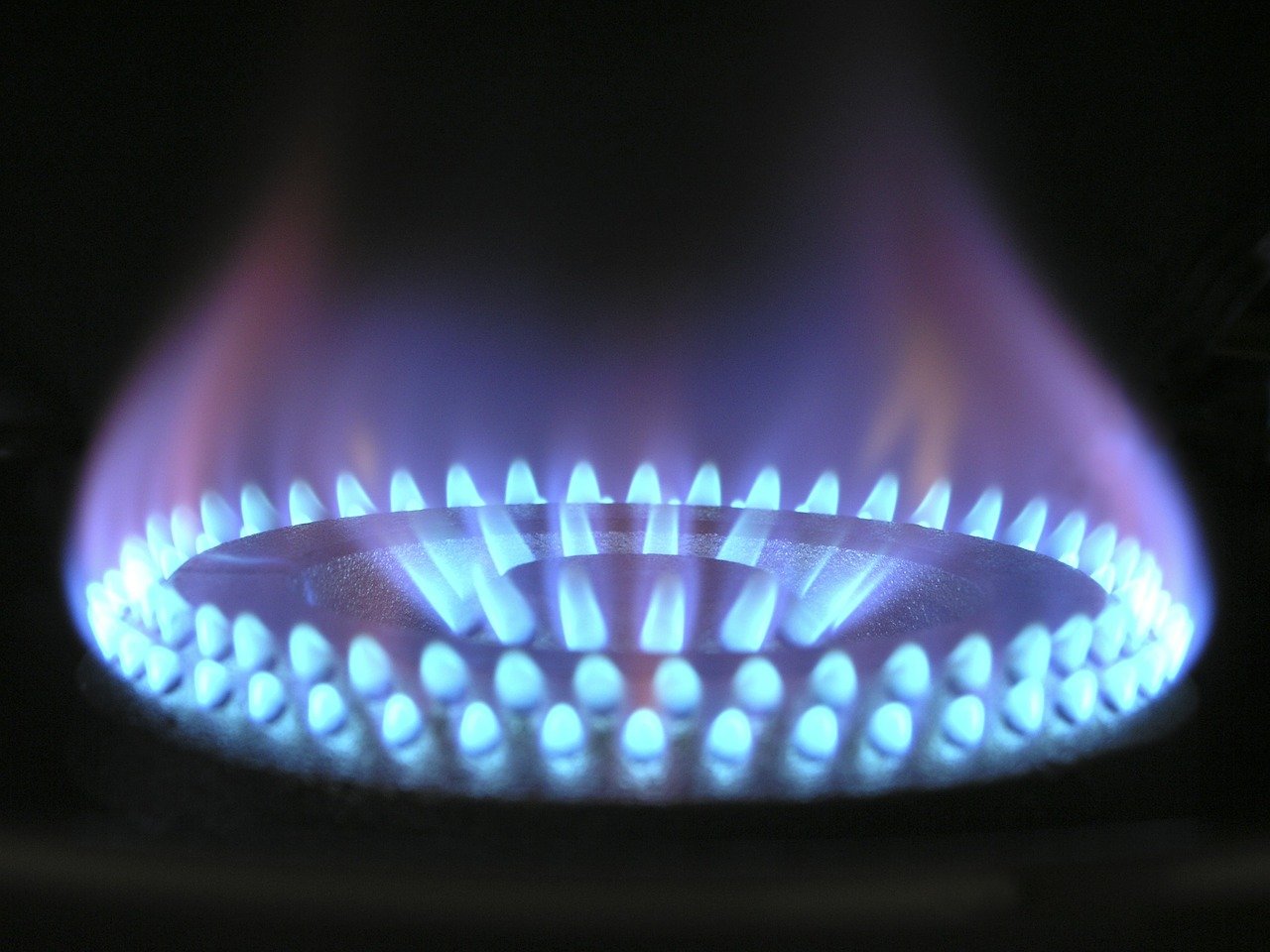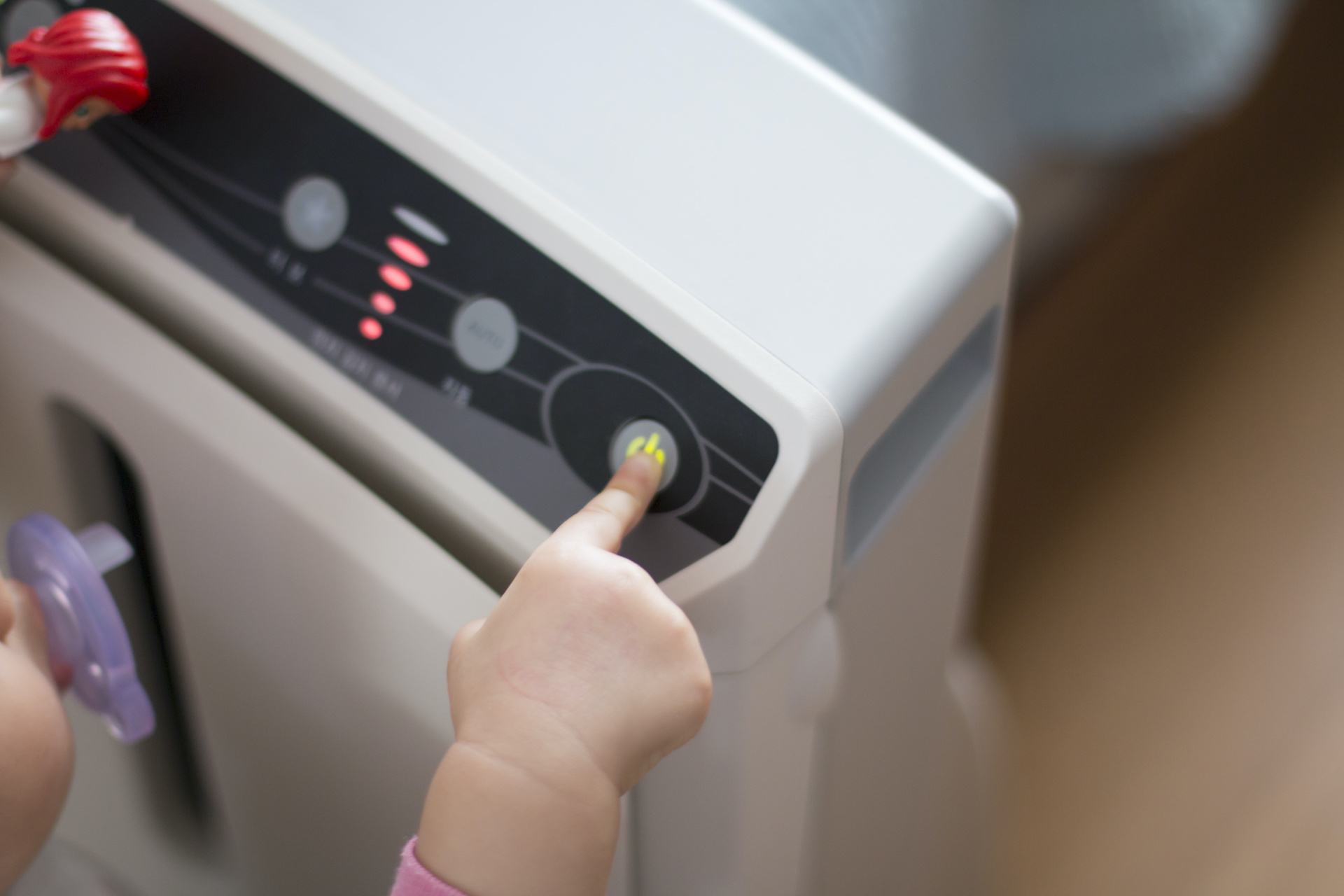Table of Contents
If you are expecting a baby for the first time, you may lose your bearings in the product jungle when visiting a baby specialty store or browsing the Internet, and may find yourself lost in a jungle of information. If you are looking for a baby seat for newborns, you will stumble across new vocabularies such as Isofix, or i-Size.
As safe as possible, easy to use, and please not too ugly – these are, from experience, the three main requirements that young parents place on a baby car seat. The leading manufacturers of restraint systems for children are making it increasingly easy for their customers in this three-way battle: squeaky-colored patterns and softly rinsed pastel shades have largely disappeared from the market. Skin-friendly covers in life-affirming colors dominate the range. Clever functions ensure greater comfort and safety. Isofix brackets largely rule out the incorrect operation.
Seen in this light, buying a baby car seat could be a matter of course. But it’s not quite that simple: the range of baby car seats is huge, and unfortunately so are the differences in workmanship and safety.
Help with the purchase decision: Baby car seats in the test
A good reference when buying is usually the baby car seat and child seat tests by Stiftung Warentest and ADAC. Restraint systems that score well there can be purchased without hesitation. “The decisive criterion is the correct installation of the seat in the vehicle”.
The best child seat is no good if it is not correctly fastened in the car – or cannot be fastened, for example, if the belts in the back seat are not long enough. Therefore, it is very important to try out whether the seat fits into the car at all before buying it! And always take a look at the operating instructions first.
Back-saving technique
A new standard for baby car seats is the integrated reclining position. When the carrying handle is folded down, a slatted frame inside the baby car seat moves upwards. This gently moves the baby from a sitting to a flat lying position.
The first so-called combination seats (0 to 4 years) have a feature that was previously only known from classic group 1 seat: the 360-degree function. Reboard seats can be rotated around their own axis on the Isofix base. To fasten and unfasten, the seat is simply turned towards the door, which makes it much easier to place and remove the child.
Basically, the following applies: According to the approval standard R-129, children must be transported backward up to and including the age of 15 months. The infant carrier may only be used in the front passenger seat if the front airbag is switched off.
5 golden rules for buying a baby car seat
- never use baby car seats/child seats without the ECE seal!
- no blind purchases – the baby should always lie on a sample
- test the child seat in the car – does it fit? Belt length sufficient? ISOFIX available?
- read the instructions for use – this is a safe way to rule out incorrect operation
- check the settings – is the baby growing, do the upholstery (reducer), and belt run have to be adjusted and if necessary a larger, new seat?
What does i-Size mean?
Since July 2013, the ECE-R 129 standard, known as i-Size, has also applied to baby car seats. More and more seats approved according to this standard are gradually coming onto the market. ECE-R 129 applies in parallel to the old regulation ECE-R 44 and stipulates that children up to the age of 15 months must drive in reverse. Seat groups are classified according to the size and age of the child, no longer according to weight.
All new seats must also have special side impact protection, which is checked in a mandatory test. In order to minimise the risk of incorrect installation, the new regulation provides for fixing with Isofix. Car manufacturers are now required to equip new cars with i-size seats. However, i-size seats – if compatible – can also be used in vehicles without i-size approval. Seats according to the old ECE-R 44 standard may continue to be sold until 2018.
What’s Isofix?
Isofix is a mounting system for child seats that is available in almost all new cars. This is how it works: There are eyelets in the joint between the seat and the backrest. The Isofix-compatible infant carriers have a base that is permanently installed in the car using these eyelets and a mounting bracket. The seat is then simply placed on the base and locked in place. Installation errors are virtually impossible and the infant carrier is particularly firm.
ATTENTION: Do not touch Isofix belts
Do not use so-called Isofix belts as the sole means of securing baby car seats and infant carriers in the car! This refers to special retrofit belts, usually sold via the Internet, whose buckles fit the metal brackets of the Isofix mountings in the car.
Does the baby seat match the car?
Since belt guides, seat recesses, and the angle of the seat are not the same in all cars, not every seat fits in every car. Child seat manufacturers offer an online service to determine the compatibility with your own vehicle. Even better: try out the seat in your car at a specialist store. With the new EU standard, all i-size seats fit in all new cars – type lists will then be a thing of the past.
Should baby car seats be bought second-hand?
In principle, there is nothing to be said against a used seat. However, you should know the previous owner well and be able to rule out that he or she has already had an accident with the baby car seat. Damage is often invisible to the naked eye, but in the worst case, it can have fatal consequences.
Which is the safest place for the baby car seat?
In principle, children travel safest in the back seat. There, the middle seat is preferable, as it offers the best protection in the event of a side impact. However, only very few vehicles have Isofix anchorages there. If the middle seat only has a lap belt, it is also not suitable.
In these cases, the space behind the passenger is recommended, as parents can then lift the baby from the sidewalk side into the car and fasten the seat belt. Attention: If a baby car seat is placed backward on the front passenger seat, it is essential that you deactivate the passenger airbag. The side airbags in the rear seat are not harmful to the child.
The advantages of rear-facing child seats
Babies may only travel backward, as the risk of injury is so much lower. The baby’s head is very large and heavy compared to the trunk, and the baby’s neck muscles are not yet developed. If the baby is sitting forward, the head would be thrown forward with full force in a frontal crash. Baby car seats and the new Reboards, i.e. rear-facing seats, have the advantage that the baby is pressed into the seat with its full weight and is thus securely supported. The trend is for children to travel backward in the future until they are four years old. The new i-Size seats make this possible.
Practical: The baby car seat to go
A baby seat that can be attached to a pram frame is practical for quick errands or a short visit to the doctor. However, it should not be a substitute for a pram, because long periods of lying in a semi-recumbent position, which most infant carriers are designed for, can damage the baby’s spine. For this reason, even on long car journeys, always plan sufficient breaks in which the baby can be taken out of the shell, stretched, and laid straight.
Useful links:
ISOFIX in Wikipedia: https://pl.wikipedia.org/wiki/ISOFIX
Child safety seat in Wikipedia: https://en.wikipedia.org/wiki/Child_safety_seat



